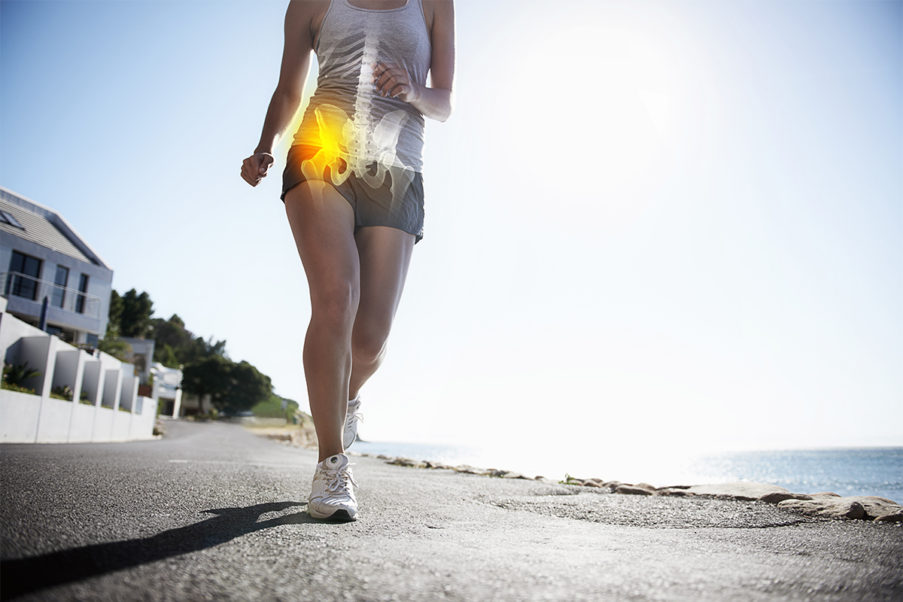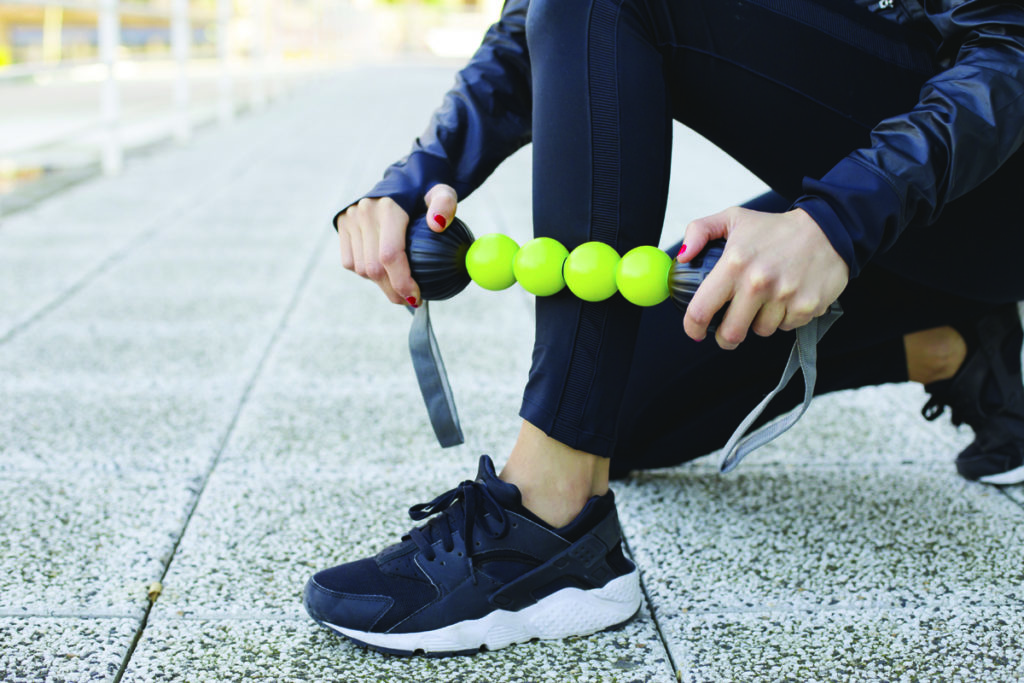Hot-Weather Exercise

You love to exercise outside in the fresh air, but certain times during the year are downright hot and sticky. Harsh summer conditions may mean it’s challenging to exercise outdoors.
Knowing how to handle these outdoor conditions will protect you from
fatigue and heat-related diseases. Jason R. Karp, PhD, exercise physiologist and owner of RunCoachJason.com, discusses what you can do to prepare yourself for the summer heat.
Hydrate
Beginning a workout fully hydrated or even “hyperhydrating” (hydrating to a greater degree than normal) before a workout can delay dehydration during exercise, maintain exercise performance and decrease the risk for heat-related illnesses.
Pre-exercise fluid intake enhances your ability to control body temperature and increases plasma volume to maintain cardiac output. You should drink enough fluids before exercising in the heat to begin every workout fully hydrated, and you should continue to drink during workouts longer than 1 hour. (See next section for specific guidelines of what to drink.)
A good indicator of your hydration levels is urine color. The lighter the urine color, the better the level of hydration. Your urine should look like lemonade rather than apple juice.
What Should You Drink?
FLUID
Before Exercise. Drink 500 milliliters (ml) 2 hours before exercise.
During Exercise. Drink about 200 ml every 15–20 minutes, aiming to match fluid intake to sweat loss. Maintain 400–600 ml of fluid in the stomach to optimize gastric emptying.
After Exercise. Drink 1 liter (L) per kilogram (kg) of weight lost during exercise.
SODIUM
Sodium intake is necessary only if exercise lasts more than 60 minutes or if you have a sodium deficiency. Before, during and after exercise, consume 0.5–0.7 gram (g) per L of fluid.
GLYCEROL
Drinks that contain glycerol cause fluid retention. This effect facilitates hyperhydration, protects against dehydration and maintains core body temperature.
Before Exercise. Ingest 1.2 g per kg of body weight in a 20% glycerol solution within a 30-minute period, followed by 26 ml of water per kg of body weight, distributed over the 90 minutes prior to exercise.
During Exercise. Ingest 0.125 g per kg of body weight mixed in 5 ml of fluid per kg of body weight.
After Exercise. Ingest 1.0 g per kg of body weight mixed in 1.5 L of fluid.
Acclimatize
Chronically exposing yourself to a hot and humid environment simulates adaptations that lesson the stress. Cardiovascular adaptations to exercising in the heat are nearly complete within 3–6 days. Full acclimatization becomes complete after 2 weeks as the increased sweating response catches up to the other adaptations. Therefore, take 2 weeks of slowly introducing yourself to the heat to be fully acclimatized and prepared for prolonged continuous exercise.
- Attain adequate fitness in cool environments before attempting to acclimatize to the heat.
- Exercise at intensities > 50% VO2max, and gradually increase the duration (up to 90-100 minutes per day) and intensity of the workouts during the first 2 weeks.
- Perform highest-intensity workouts during the cooler morning or evening hours and other training during the hotter times of the day.
- Monitor body weight to ensure that proper hydration is maintained as sweat rate increases.
- If you must train during the hotter part of the day, do so in the shade and wear loose-fitting, moisture-wicking, light-colored clothes that reflect the sunlight.
References
Armstrong, L.E. 2000. Performing in Extreme Environments. Champaign, IL: Human Kinetics.
Casa, D.J. 1999. Exercise in the heat. II. Critical concepts in rehydration, exertional heat illnesses, and maximizing athletic performance. Journal of Athletic Training, 34 (3), 253-62.
Robergs, R.A., & Griffin, S.E. 1998. Glycerol: Bio­chemistry, pharmacokinetics and clinical and practical applications. Sports Medicine, 26 (3), 145-67.
van Rosendal, S.P., et al. 2010. Guidelines for glycerol use in hyperhydration and rehydration associated with exercise. Sports Medicine, 40 (2), 113-29.





